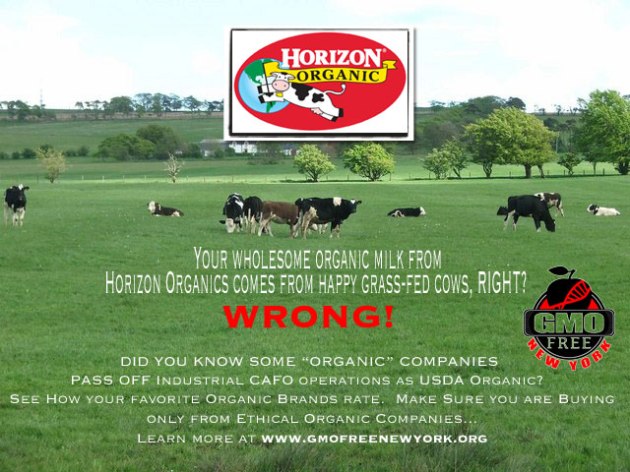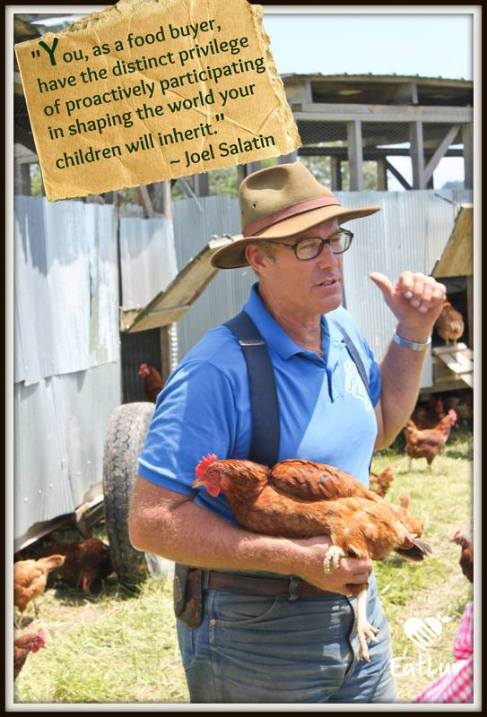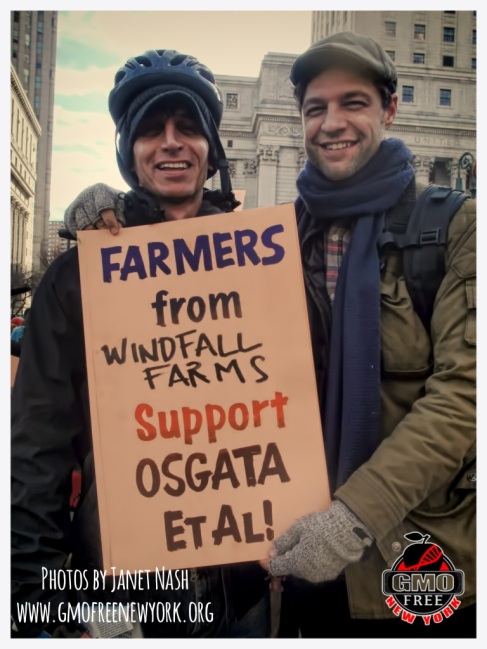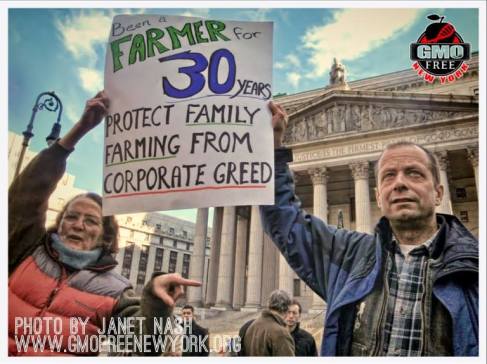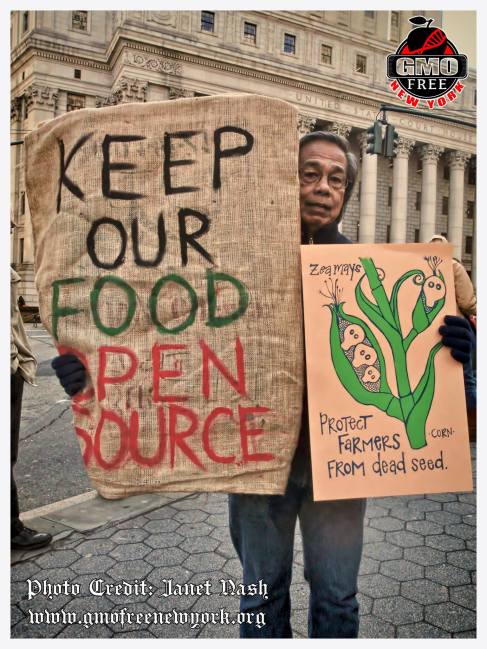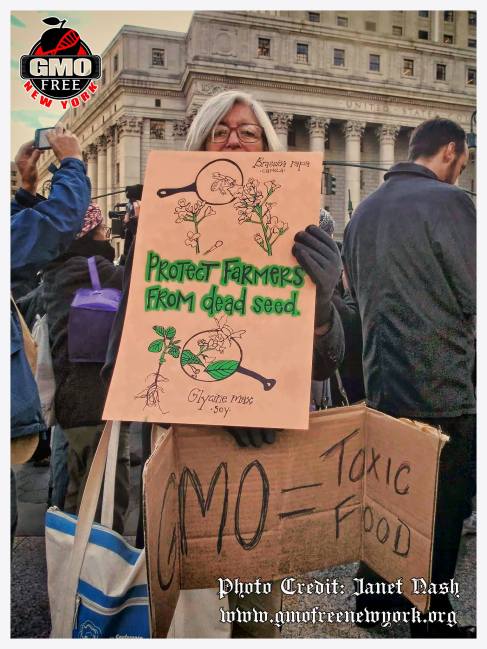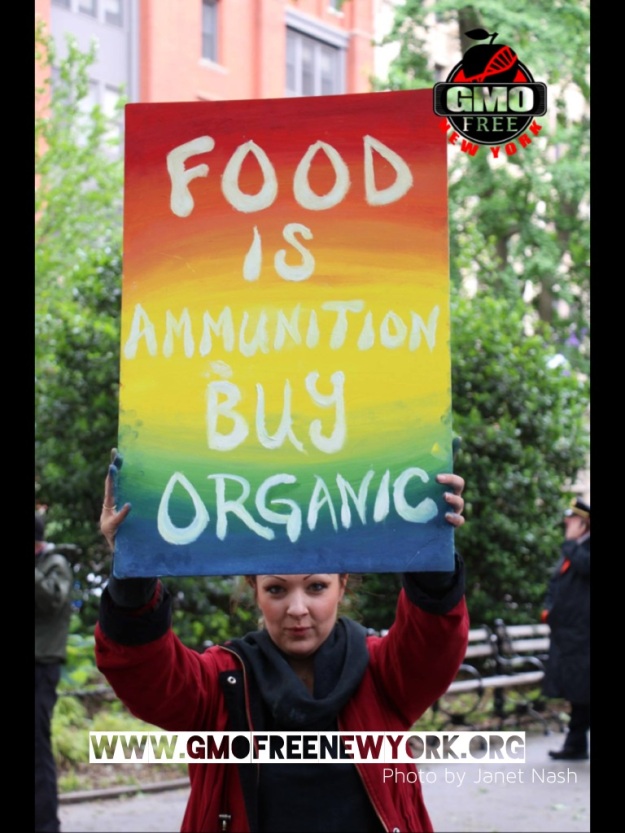By Will Fantle
After a formal request, from The Cornucopia Institute, the USDA’s Office of Inspector General (OIG) has spent the last couple of years focusing on the question of whether certified organic dairy farms are following the federal organic standards. An additional focus of their research has been to determine if the USDA’s National Organic Program (NOP) is properly enforcing the law.
Two separate and previous audit reports have revealed a number of problems with the NOP’s oversight. And this time, very regrettably, the OIG missed the opportunity to investigate alleged wholesale improprieties that have radically shifted the composition of the organic dairy industry.
“If you want to find the major improprieties, that have shifted market share away from ethical farmers and damaging their livelihoods, you need to visit the scene of the crimes.” – Mark Kastel
The Cornucopia Institute, recalls Cofounder Mark Kastel, was founded nearly 10 years ago, in part, to address two giant CAFOs (with 4500 and 10,000-cows, respectively) that were producing “organic” milk for Horizon Dairy. This occurred right at the juncture when the principals of Horizon sold the enterprise to the largest milk bottler in the nation, Dean Foods.
The millionaire entrepreneurs who started Horizon subsequently announced the formation of Aurora Dairy, a company that has now built or converted six CAFOs and is the dominant supplier of private-label organic milk in the US. Their stated goal at the time was to, “make organic milk more affordable.”
During the Bush administration, political appointees and bureaucrats at the NOP ignored the exponential growth of CAFOs production (now well over 20 operating “organically” and producing a substantial percentage of the nation’s organic milk production). They resisted taking enforcement action and claimed that the standards were inadequate and asked the National Organic Standards Board (NOSB) to promulgate new rules.
Although they never inspected/investigated Dean/Horizon’s flagship operation in Paul, Idaho (at the time milking approximately over 4000 cows) they did find Aurora in “willful” violation of the existing law. Aurora, recommended for decertification by career staff at the USDA, was eventually allowed to continue operating under a one-year probation and required to make some modifications to their operations.
From the first time the NOSB passed a resolution to help rein-in abuses on factory dairies it would take 10 years for the USDA to enact new rules. Cornucopia asked the OIG to investigate whether or not, after stakeholders went through years of effort working with the NOSB, if the USDA was now adequately enforcing the law.
Even though it was clear from Cornucopia’s original request and conversations with OIG staff that the focus of their investigation should be on giant CAFOs with a history of skirting the law (located in Colorado, Texas, New Mexico and Idaho), they instead focused the majority of their resources on farms in the leading dairy states of Wisconsin, Minnesota, Pennsylvania, New York, and belatedly, California. These states have mostly smaller, family-scale operations with little historical evidence of wholesale improprieties.
Notes Kastel: “Jesse Jackson once said, ‘If you want the right answers you have to ask the right questions.’ In this case, if you wanted to find the major improprieties, that have shifted market share away from ethical farmers and damaging their livelihoods, you needed to visit the scene of the crimes.”
Not surprisingly, the OIG’s audit found that the USDA has “successfully implemented the access to pasture rule as part of its National Organic Program.”
“After waiting years for the USDA Office of Inspector General to complete their investigation and report, we continue to lack confidence that the National Organic Program, under the Obama/Vilsack administration, is judiciously enforcing the requirement that organic livestock have access to the outdoors and that ruminants have access to pasture,” Kastel said.
The OIG also examined another long-simmering controversy in organic dairying – the movement of conventional cows onto organic dairies. The intent of the federal organic standards is clear. Once a conventional dairy farm converts a “distinct herd” of cattle to organic management all animals subsequently brought onto their farm must have been raised organically from the last third of gestation.
But due to some grammatical awkwardness in the regulation, giant CAFO operators, and their lawyers, asked the USDA during the Bush administration to allow them to continue to bring in conventional cattle, “converted to organic,” on a continuing basis.
It was a path to lower production costs – not having to manage newborn calves organically until they reach milking age (a more expensive proposition) and accommodating the need of factory dairies to further grow their operations or replace the cattle that they burn out from high-production management practices.
Family-scale organic operators, and even larger dairies that operate ethically, or members of organizations like the Organic Valley cooperative that require all cattle on the farm to be truly organic, are being placed at a competitive disadvantage by the practice.
Miles McEvoy, current NOP director, publicly stated in 2010 that they would correct this problem through rulemaking. He called it a “priority” and that a draft rule would be out by the end of 2010. Like the Bush administration before them, they are now engaged in an exercise of “running the clock out.” The delays continue helping large corporate investors economically crush organic family farmers.
The OIG audit states that there is a gross inequity currently taking place. Some ethical certifiers are enforcing the standards, as they are written while others are allowing liberal use of conventional replacement animals. Now it appears that at best a rule will be published in 2014 – and even that would presumably require a phase-in period.
Observed Ed Maltby, the executive director of the Northeast Organic Dairy Producers Alliance, “Economic justification has now become an important criteria in deciding what gets priority to proceed to regulation … We have offered over the years to assist NOP with the economic justification based on the capital investment of the majority of organic operations which are small to mid-size, the lack of an organic premium for organic heifers raised by these farms and the ability for large herds to manipulate the milk supply (pay price). Unfortunately they haven’t used our expertise.”
Maltby also points to a finding by auditors that they identified one instance of a large dairy producer asking its certifying agent to allow continued conversion of conventional cows into its herd or they would switch certifying agents.
Says Kastel, “Make no mistake about it. The current regulations are clear. If the USDA wanted to enforce the prohibition on conventional cattle, on organic dairies, after the initial transition period, they could do so. But no matter whether or not the Republicans or Democrats hold the White House there is an institutional bias at the USDA towards corporate agribusiness at the expense of family farmers. This should not be tolerated in any of agriculture but it sure as hell should not be tolerated in the organic movement.”
The Cornucopia Institute will continue to engage in regulatory oversight but some of these fights will likely move into the court system. In the short term, concerned organic consumers can consult Cornucopia’s organic dairy scorecard where they can identify exemplary brands of organic dairy products that support family farmers who legitimately graze their cattle and raise their young stock from birth on organic milk and feed, without antibiotics and other banned drugs
Source: www.cornucopia.org
See the Cornucopia Organic Dairy Scorecard here: http://www.cornucopia.org/dairysurvey/index.html






